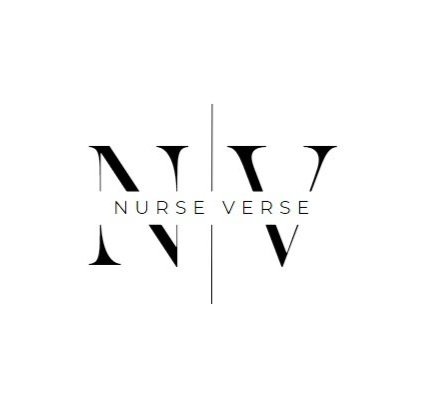Excerpts: “Obesity: The American Epidemic”
Excerpts from a research paper written for my graduate nursing studies.
“For a person to be considered obese, they must have a body mass index of 30 or higher. Obesity rates worldwide have doubled since the 1980s (Carollo, 2011). In 2018, the adult population in the US surpassed a 40% obesity rate for the first time in history. (Galvin, 2020) This growth is further fueling related health problems such as diabetes, cardiovascular disease, and some cancers – all of which are among the leading causes of death within our country. As our population’s health deteriorates, the need for more complex care is causing a financial strain on our healthcare system. The estimated medical cost of obesity in the US was $149.4 billion in 2014 (Kim & Basu, 2016). Obesity does not affect everyone equally. The demographic with the highest prevalence of obesity is non-Hispanic blacks (49.6%) followed by Hispanics (42.2%), non-Hispanic Caucasians (42.2%), and Asians (17.4%). Prevalence is also linked to socioeconomic status. Those who have higher educations are at lower risk and those with lower incomes are at higher risk (CDC, 2020). This means that populations that are already vulnerable are at increased risk of weight-related health issues.”
“Obesity is increasingly impacting the US population. Though it is a multifactorial issue, the focus for a solution has been a change in diet and an increase in exercise which is facilitated by their healthcare provider; however, practitioners are not receiving adequate education on nutrition and exercise during their programs. On average, medical schools included less than 20 hours of nutrition education (Levy et al., 2014). This lack of training is impacting how providers educate their patients in practice. Only 24.8% of office visits made by adult patients with obesity included education related to weight reduction, nutrition, or physical activity in 2016 (Increase the Proportion of Health Care Visits by Adults with Obesity That Include Counseling on Weight Loss, Nutrition, or Physical Activity, 2020). This educational shortfall results in an inadequate explanation of treatment by practitioners and poor understanding of interventions by patients.”
